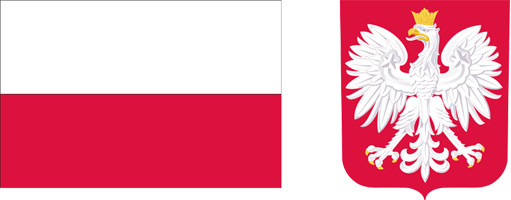Current issue
Archive
About the Journal
Aims and Scope
Advisory Board
Members of the Editorial Board
List of reviewers
Publishing process
Publishing Ethics and Malpractice Statement
Personal data protection (GDPR)
Creative Commons License
CrossRef Member / Similarity Check
For Authors
Call for papers
Guidelines for authors
Submitting a manuscript through the editorial system – step by step
For Reviewers
Peer review process
Guidelines for reviewers
Submitting a review – step by step
Contact
RESEARCH PAPER
THE IMPORTANCE OF SUBSIDIES FOR THE PRODUCTION OF GRAIN LEGUMES FOR RECONSTRUCTION OF THE DOMESTIC MARKET OF PROTEIN RAW MATERIALS OF VEGETABLE ORIGIN IN POLAND
1
Uniwersytet Przyrodniczy Poznań
2
Polska Akademia Nauk Poznań
Acceptance date: 2017-06-12
Publication date: 2017-06-12
Zagadnienia Ekonomiki Rolnej / Problems of Agricultural Economics 2017;351(2):153-164
KEYWORDS
market of vegetable proteinlegumesproduction profitabilitysubsidies for productionseedcommodity production
ABSTRACT
Total production of the native protein feed plant is 340 thousand tonnes. This represents a total of just 26% of the domestic demand. The resulting deficit of 960 thousand tonnes must be supplemented with imported soybean meal to be able to ensure feed security andsafety for the population of pigs
and poultry, whose Poland is Europe’s largest exporter. In the event of such a significant dependence on imports of raw material an intervention was launched under subsidies are granted to cultivation of legumes. The aim of the research presented in this paper was to evaluate the effects of the EU
subsidies for the production of legumes executed by 2015 on the development of the seed market and commodity production of these plants in Poland.
The research found that subsidies for the production of legumes become an active segment of the market of production and sale of seed of these plants, it also contributed to the gradual increase in the sown area of these plants in Poland and simultaneously ensured financial benefits for seed companies.
It was also found that in 2015, despite the positive formation of agricultural income derived from the production of native legumes, in practice it did not incline agricultural producers to greater interest in this crop as a commodity production. It was noted, however, that the this crop was widely used as a forecrop, improving soil structure and concentration. It was considered that this was caused by the lack of domestic market of seeds of native protein plants capable to meet the demand of the feed industry. This in turn caused lack of interest of the industry in the raw material and marginalization of domestic sources of vegetable feed protein on the market.
Share
RELATED ARTICLE
We process personal data collected when visiting the website. The function of obtaining information about users and their behavior is carried out by voluntarily entered information in forms and saving cookies in end devices. Data, including cookies, are used to provide services, improve the user experience and to analyze the traffic in accordance with the Privacy policy. Data are also collected and processed by Google Analytics tool (more).
You can change cookies settings in your browser. Restricted use of cookies in the browser configuration may affect some functionalities of the website.
You can change cookies settings in your browser. Restricted use of cookies in the browser configuration may affect some functionalities of the website.



